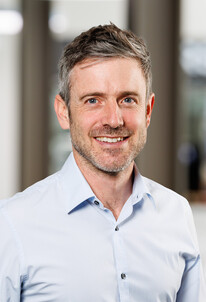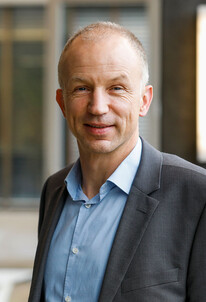Publication
Hotspot - Speicherung solarer Wärme im Untergrund auf direkt nutzbarem Temperaturniveau – Anforderungen und mögliche Schweizer Standorte
In der Schweiz wird derzeit in vielen Anlagen bereits Solarwärme für die Regeneration von Erdsondenfeldern genutzt. Diese funktionieren somit als saisonale Speicher, welche nur indirekt, mittels Wärmepumpen auf einem niedrigen Temperaturniveau entladen werden können. Weltweit gibt es eine Hand voll Erdsonden-Systeme, welche auf einem direkt nutzbaren Temperaturniveau betrieben werden. So zum Beispiel der Erdsondenspeicher in Crailsheim (DE) mit einer solaren Deckung von 50%, oder die Drake Landing Solar Community (CA) mit einer solaren Deckung von über 90%. In diesem Bericht wird abgeklärt inwiefern solche Systeme auch in der Schweiz realisierbar sind.
Résumé
Plusieurs systèmes existes déjà qui utilise la chaleur solaire pour la régénération des champs géothermiques. Ceux-ci fonctionnent ainsi comme un stockage saisonnier à basse température, qui ne peut être déchargé qu'indirectement en utilisent des pompes à chaleur. Dans le monde entier, il existe une poignée de champs de sondes géothermiques fonctionnant à un niveau de température directement utilisable. Par exemple, l'accumulateur géothermique de Crailsheim (DE) avec une couverture solaire de 50%, ou la communauté solaire de Drake Landing (CA) avec une couverture solaire de plus de 90%. Ce rapport analyse dans quelle mesure des systèmes similaire sont réalisables en Suisse.
Summary
There are various systems in Switzerland that use solar heat for the regeneration of geothermal borehole fields. These borehole fields work as seasonal storages on low temperature levels, which can only be discharged indirectly with the help of heat pumps. Outside of Switzerland there are few systems working on higher temperature levels, such that heat from the borehole fields can be used directly. Examples are the seasonal ground energy store of Crailsheim (D) with a seasonal solar fraction of 50% or the Drake Landing Solar Community (CA) with a solar fraction of over 90%. In this report the feasibility of such systems for the conditions in Switzerland is analyzed.



